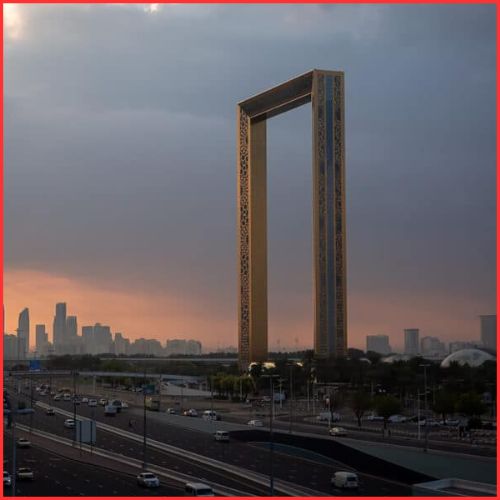China’s attempts to minimize its reliance on imported oil have resulted in the development of a massive concrete complex near Zhuhai the size of Monaco, which serves as the focal point of its deepwater drilling initiatives. The facility, run by a subsidiary of CNOOC (China National Offshore Oil Corp), is in charge of building production platforms for use in China’s offshore oil fields. China has grown more dependent on imported oil as its ageing onshore wells struggle to fulfil the country’s expanding energy needs. Currently, more than 70% of China’s oil supply is imported, up from less than 10% before the turn of the century.
CNOOC, one of China’s three major state-owned oil companies, is rapidly investing in drilling technologies to challenge the dominance of Western oil giants. However, this development into disputed seas has caused friction with the US administration. The US banned CNOOC in 2021, accusing it of working with China’s military to threaten neighbouring nations in the South China Sea. These charges have been refuted by CNOOC. The firm has made considerable strides in developing China’s offshore oil reserves. It has developed the country’s biggest oil field in the Bohai Sea and is increasing activities in the eastern South China Sea. Offshore wells contributed to 60% of China’s new oil output last year.
Senior research analyst at S&P Global Commodity Insights, Baihui Yu said, “With significant untapped volumes offshore China, domestic offshore barrels are expected to become an indispensable growth engine for the coming decade.” He added, “Technology progress and increased access have enabled more drilling to be focused into deeper waters.”
According to business records and BP Plc statistics, CNOOC is China’s only offshore oil producer, and its domestic output will account for 23% of the country’s total in 2021, up from 15% in 2013. CNOOC plans to raise production by 4% to 6% this year and by 12% by 2025. Deepwater drilling, on the other hand, poses enormous obstacles.
Workers at the Zhuhai factory build steel structures known as jackets, which are subsequently shipped offshore and sunk to support oil platforms. These jackets must resist harsh weather conditions, making their design and installation difficult and time-consuming. While foreign oil companies such as Chevron Corp. and Shell Plc have improved their technical skills in this field, CNOOC is fast catching up.
CNOOC’s accomplishments include the construction of the biggest jacket in Asian history for the Haiji-1 field and the expansion of exploration into deeper oceans. This year, the corporation plans to produce between 650 and 660 million barrels of oil equivalent, and it is also participating in worldwide ventures like Exxon Mobil’s huge oil find off the coast of Guyana.
CNOOC’s technological advancements have made previously commercially unviable offshore fields developable. Despite geopolitical obstacles and Western oil giants’ supremacy, CNOOC is catching up.















